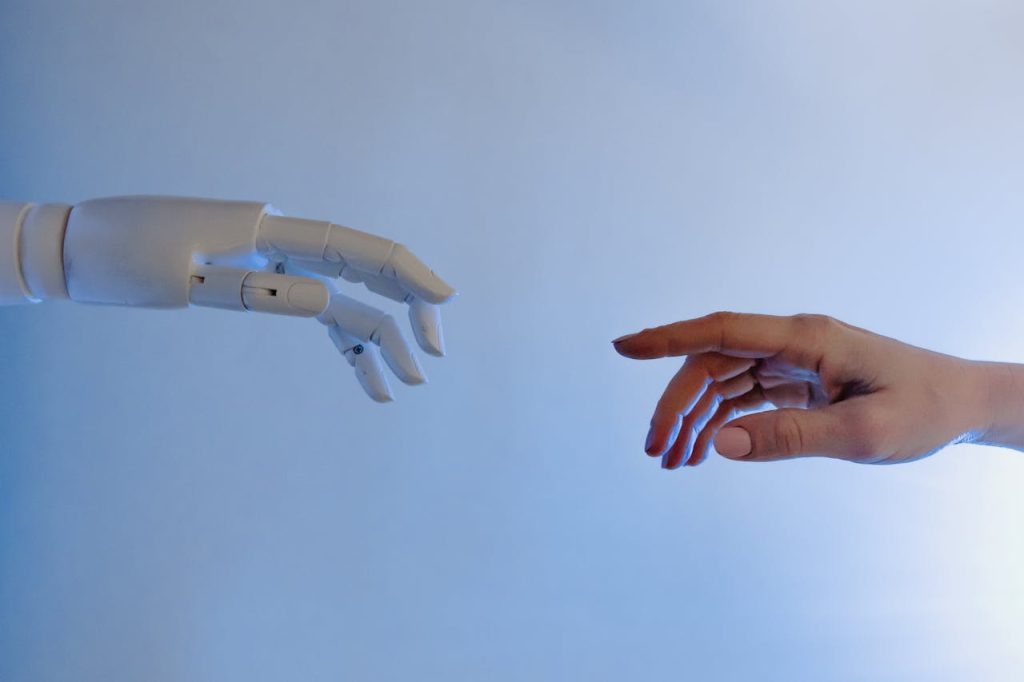In this era of technological advancements, wearable technology has emerged as a revolutionary force, transforming the way we live, work, and interact with our surroundings. From smartwatches and fitness trackers to augmented reality glasses and smart clothing, wearable devices have become an integral part of our daily lives. In this comprehensive article, we delve into the various aspects of wearable technology, exploring its profound impact on enhancing lives and paving the way for a more connected future.
Understanding Wearable Technology
Wearable technology refers to electronic devices that are designed to be worn on the body, offering a seamless integration of technology into our daily routines. These devices are equipped with sensors, processors, and wireless connectivity, allowing them to collect and transmit data while providing users with valuable insights and functionalities. By seamlessly blending with our clothing or accessories, wearable devices empower us to stay connected, monitor our health, improve our productivity, and augment our reality.
Enhancing Health and Fitness
One of the most prominent areas where wearable technology has made significant strides is in the realm of health and fitness. Fitness trackers, such as smartwatches and wristbands, have revolutionized the way we approach exercise and personal well-being. These devices can monitor our heart rate, track our steps, analyze our sleep patterns, and even provide personalized workout routines. With real-time feedback and comprehensive data analysis, wearables empower individuals to take control of their health, set goals, and make informed lifestyle choices.
Empowering Communication and Connectivity
Wearable technology has redefined the way we communicate and stay connected. Smartwatches, equipped with messaging and calling capabilities, allow us to receive notifications, respond to messages, and even make phone calls right from our wrists. These devices enable us to stay connected without being tied to our smartphones, promoting convenience and efficiency in our daily lives. Moreover, wearable devices also offer seamless integration with other smart devices, enabling us to control our home appliances, access digital assistants, and interact with our environment effortlessly.
Transforming Industries
Beyond personal use, wearable technology has also revolutionized various industries, driving innovation and efficiency. In the healthcare sector, wearable devices are transforming patient monitoring, remote healthcare, and chronic disease management. From smart patches that monitor vital signs to assistive devices that enhance mobility, wearables are enabling healthcare professionals to deliver personalized care and improve patient outcomes. In the sports industry, wearables are used to analyze athletic performance, detect injuries, and optimize training regimens. In manufacturing, wearables are improving worker safety, streamlining operations, and enhancing productivity.
The Future of Wearable Technology
As technology continues to evolve, the future of wearable technology looks exceptionally promising. Here are some key trends that will shape the wearable landscape:
1. Miniaturization and Integration
Wearable devices will become smaller, sleeker, and more seamlessly integrated into our clothing and accessories. Advances in nanotechnology and flexible electronics will enable wearable devices to be virtually invisible, enhancing user comfort and aesthetics.
2. Enhanced Biometric Sensing
Biometric sensing capabilities will be further enhanced, allowing wearables to track a wider range of health parameters with higher accuracy. From blood glucose monitoring to stress detection, wearables will provide users with comprehensive insights into their overall well-being.
3. Augmented Reality Wearables
Augmented reality (AR) glasses and contact lenses will become more prevalent, offering immersive experiences and transforming the way we interact with our surroundings. AR wearables will find applications in gaming, education, navigation, and even professional fields like engineering and medicine.
4. Artificial Intelligence Integration
Wearable devices will leverage artificial intelligence (AI) algorithms to analyze vast amounts of data and provide users with personalized recommendations and insights. AI-powered wearables will become intelligent companions, adapting to our preferences and assisting us in various aspects of our lives.
Conclusion
In conclusion, wearable technology has emerged as a game-changer, enhancing lives and driving innovation across various domains. From empowering individuals to take charge of their health and fitness to transforming industries and paving the way for a more connected future, wearables have become an integral part of our daily routines. As we embrace the rapid advancements in technology, the future of wearable technology holds tremendous potential, promising even more seamless integration, enhanced biometric sensing, augmented reality experiences, and the power of artificial intelligence. Embrace the possibilities of wearable technology and unlock a world of endless opportunities. The future is wearable!

